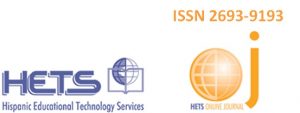Improving online instruction with self-regulated learning: A case study of kinematics graph interpretation
Author:
Dr. Juan C. Morales
Professor and Director of Mechanical Engineering
Ana G. Méndez University, Gurabo Campus
jcmorales@uagm.edu
Abstract
The objective of this study was to determine if students’ skills interpreting kinematics graphs could be improved in an online instruction environment by using the Self-Regulated Learning (SRL) framework. The gain in skills was measured by comparing pre-test and post-test results of the objective Test for Understanding Graphs – Kinematics (TUG-K) for N=19 students. The average score of the post-test was 62% better than the average score of the pre-test. The difference between the two average scores was statistically significant (p < 0.05). In addition, an opinion survey of the students – conducted before and after the SRL intervention – showed a statistically significant (p < 0.05) improvement of 15% regarding the students’ own sense of self-efficacy, and their capacity for delayed gratification (self-control). These two intra-personal skills, in addition to metacognition, are addressed and developed by the SRL framework. SRL also develops self-instruction skills which opens further possibilities of using class time to provide feedback and to thoroughly assess student knowledge with oral exams. These initial results provide a positive outlook that the development of SRL skills contributes to improvements in online instruction.
Trackback from your site.




